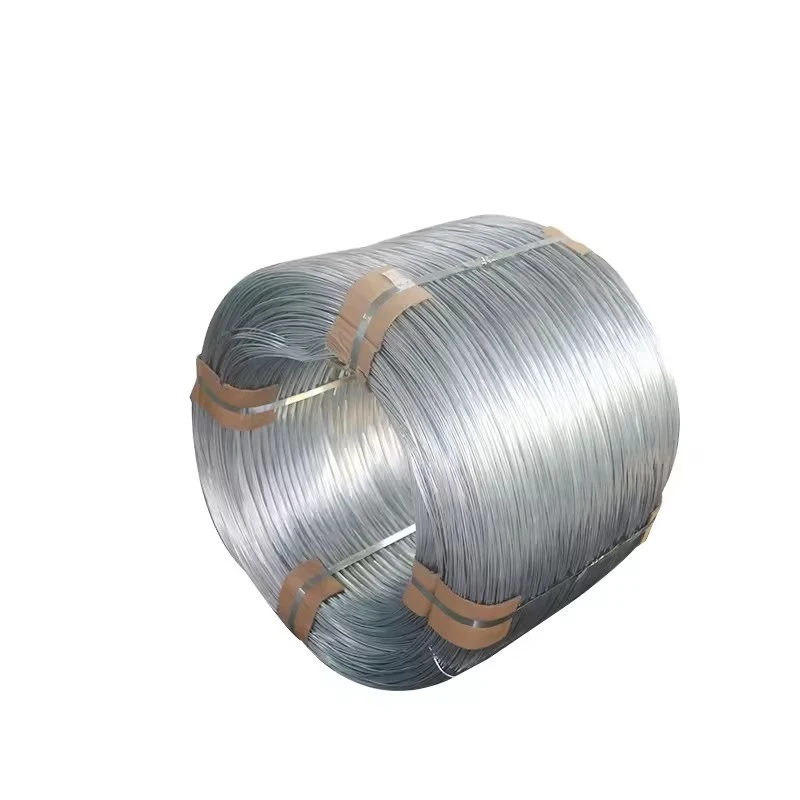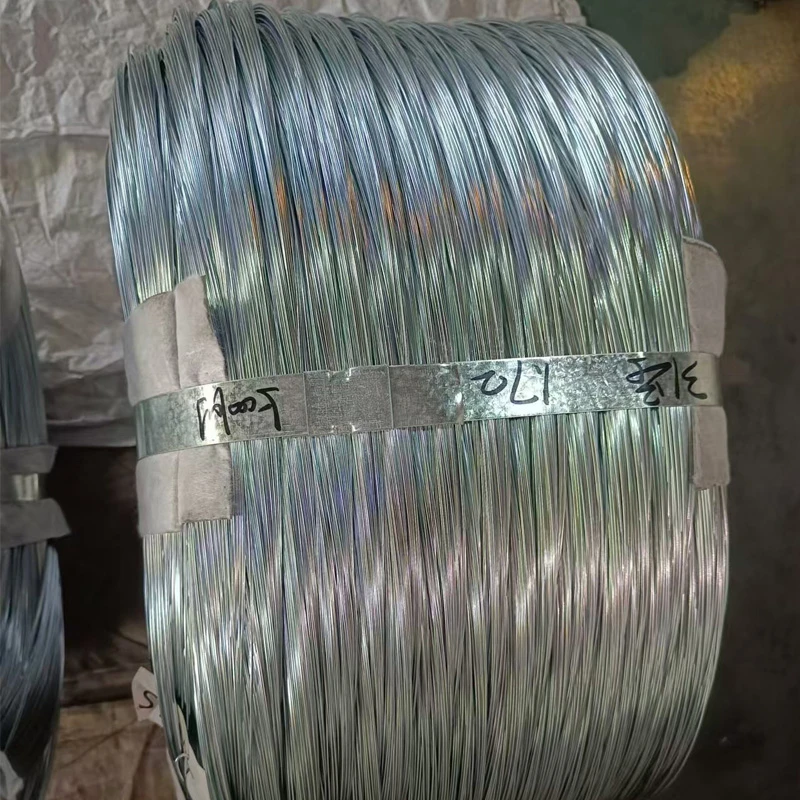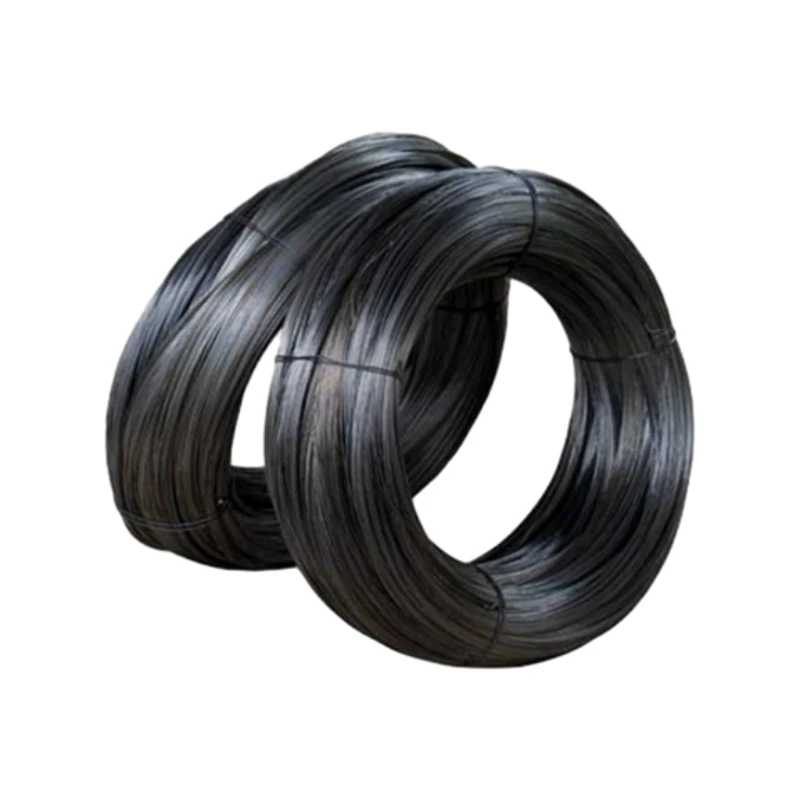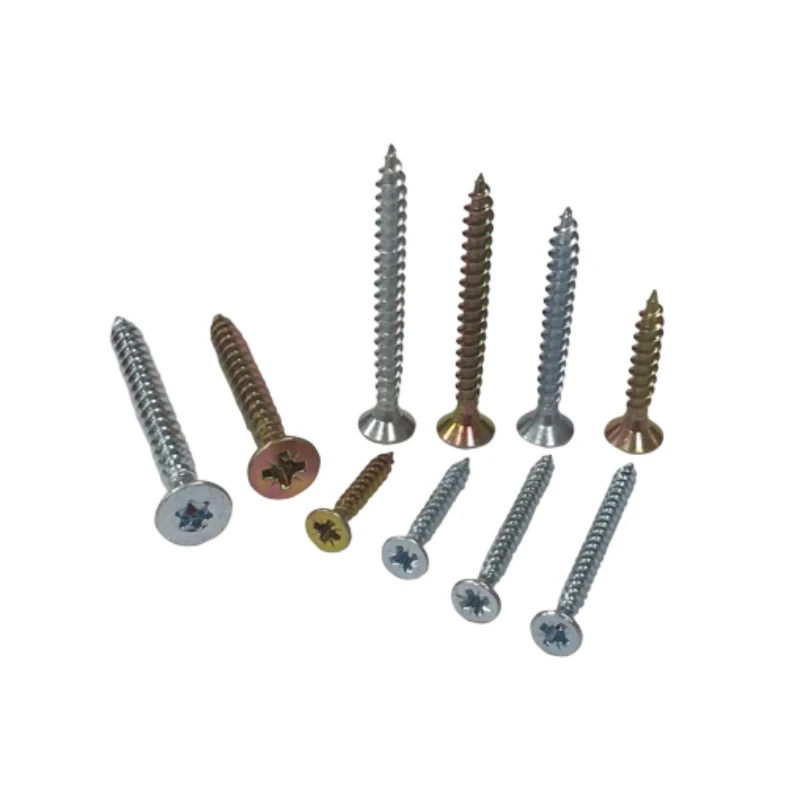
Talk With Us
+86-13601661296
Email Address
admin@sxjbradnail.com2-56 Screw Guide Precise Fastening & Size Selection for Every Project
- Introduction to 2 56 screw
: fundamental overview and definitions - Technical advantages and material considerations
- Comparing manufacturers: data-driven 2 56 screw selection
- Understanding sizing and the context of 164 32 screw size
- Custom solutions for specialized needs
- Application cases and success stories
- Conclusion and future outlook on 2 56 screw meaning

(2 56 screw)
Understanding the Basics of 2 56 Screw: Definitions and Key Characteristics
The 2 56 screw has gained recognition in engineering fields, particularly in electronics and precision instrumentation. Representing an external thread diameter of approximately 0.0860 inches (2.159 mm) and a thread pitch of 56 threads per inch (TPI), the 2 56 screw is defined by the Unified Thread Standard (UTS), commonly used in North America. Its compact form makes it ideal for tight spaces and minuscule assemblies. Frequently employed in circuit boards, miniature consumer devices, and robotics, the choice of this fastener involves an understanding of size standards and the compatibility with other threaded components. This section sets the stage for deep dives into material science, performance, and market offerings focused on this small yet indispensable mechanical component.
Technical Advantages and Material Innovations in Screw Selection
Precision engineering demands meticulous screw selection criteria, and advances in materials have increased the reliability of 2 56 screws under various load and environmental constraints. Stainless steel offers corrosion resistance, with grades like 304 and 316 providing differing balances of strength and durability. For lightweight applications, aircraft-grade aluminum decreases mass by over 60% compared to steel while maintaining satisfactory tensile strength (>45,000 psi for type 7075). High-performance plastics such as polyether ether ketone (PEEK) have expanded possibilities where electrical insulation and chemical inertness are critical, withstanding temperatures up to 482°F (250°C).
Engineering reliability data emphasizes the importance of torque consistency and thread engagement. On average, a 2 56 screw made from hardened alloy steel can achieve a torque specification of approximately 4.7 lb-in, ensuring robust fastening even in dynamic systems. Anti-vibration coatings and thread-locking technologies reduce loosening risks by up to 70%, as confirmed by multi-cycled vibration fatigue tests. These advantages position the 2 56 screw as a superior choice for high-precision, long-life applications.
Manufacturer Comparison: A Data-Driven Approach to 2 56 Screw Selection
Choosing the right manufacturer is pivotal. The table below compares international industry leaders, considering critical factors such as material options, tolerance ranges, customization support, and cost-per-piece in bulk orders.
| Brand / Vendor | Material Availability | Tolerance (μm) | Max Lot Customization | Average Lead Time (Days) | Cost per 1,000 (USD) |
|---|---|---|---|---|---|
| PCC Fasteners | Steel, Stainless, Aluminum | ±18 | 100,000 | 14 | 79 |
| Misumi USA | Stainless, Alloy Steel, PEEK | ±12 | 10,000 | 10 | 106 |
| McMaster-Carr | Steel, Brass, Nylon | ±22 | 1,000 | 5 | 124 |
| RS Components | Steel, Stainless, Aluminum, PEEK | ±16 | 5,000 | 12 | 99 |
Insights: Misumi leads on tolerance and advanced material offerings like PEEK, supporting medical and aerospace projects where precision dominates. PCC Fasteners delivers high-volume customization, catering to scalable electronics production. McMaster-Carr provides rapid delivery, albeit at a slightly higher cost. RS Components balances cost, material range, and customization, making it a preferred choice for R&D departments requiring flexibility.
Interpreting 164 32 Screw Size and Its Context in Micro-Fastener Selection
As component miniaturization accelerates, understanding sizing systems becomes essential. While the 2 56 screw is a common reference point, the 164 32 screw size arises in specialized settings, particularly optical assemblies and micromechanics. To decode this, the numeric prefix typically indicates the screw's gauge (nominal diameter) — for instance, “164” may refer to a custom series or a non-UNF standard, while “32” delineates the thread per inch, slightly coarser than the standard fine threads.
When contrasting these two:
- A 2 56 screw has an outer diameter of 0.0860 in with 56 threads per inch.
- The 164 32 screw size, if following gauge logic, could have a diameter around 0.0625 in, with 32 threads per inch.
Custom Design and Processing Solutions for High-Performance Needs
Increasingly, design engineers require fasteners tailored for specific projects. OEMs and contract manufacturers offer advanced customization for the 2 56 screw beyond standard finishes. Customization includes:
- Thread locking features (pre-applied adhesives or mechanical deformations)
- Head type variations (pan, flat, socket, fillister, custom profile)
- Material and coating specification (anodized aluminum, zinc or nickel plating for corrosion resistance, biocompatible treatments)
- Precision thread rolling or knurling for enhanced grip
- Quality certification (ISO 9001, AS9100, RoHS, DFARS compliance)
Application Success Stories: From Aerospace to Consumer Electronics
The deployment of precision screws like the 2 56 is transformative across industries. In aerospace, they are integral in avionics and instrument panels, thanks to their resistance to vibration and ability to maintain clamping force under extreme temperature fluctuations (ranging from -65°F to 400°F). One case study from a global satellite manufacturer demonstrated that replacing legacy fasteners with alloy steel 2 56 screws improved equipment longevity, reducing maintenance intervals by 27%.
In consumer electronics, the miniaturized design of smartphones and wearables is reliant on screw fasteners with strict consistency standards. Apple, for instance, incorporates custom 2 56 variants with enhanced anti-corrosion coatings, delivering over 1,200 hours of salt spray resistance (ASTM B117 test) – a nearly 60% improvement over traditional zinc-plated options.
In the medical field, surgical instrument manufacturers utilize PEEK or titanium 2 56 screws, facilitating autoclave cycles without degradation. Extensive field data report that surgical tools utilizing these specialized fasteners see a 40% decrease in component failure, fostering greater patient safety and cost efficiency.
Conclusion: The 2 56 Screw Meaning and Future Prospects
The 2 56 screw encapsulates the convergence of precision, reliability, and material science, cementing its status in modern manufacturing. Its meaning extends beyond mere size specifications, serving as a benchmark for quality in micro-fastening. Recent advances in screw selection, performance coatings, and digital design tools have transformed procurement dynamics, fostering faster innovation cycles across engineering sectors. As demand grows for lighter, stronger assemblies—particularly in aerospace, electronics, and medical device arenas—the future of the 2 56 screw will be shaped by ongoing developments in customization and sustainability. For engineers, procurement specialists, and manufacturers, understanding the nuances of these fasteners is central to achieving next-generation product quality and operational efficiency.
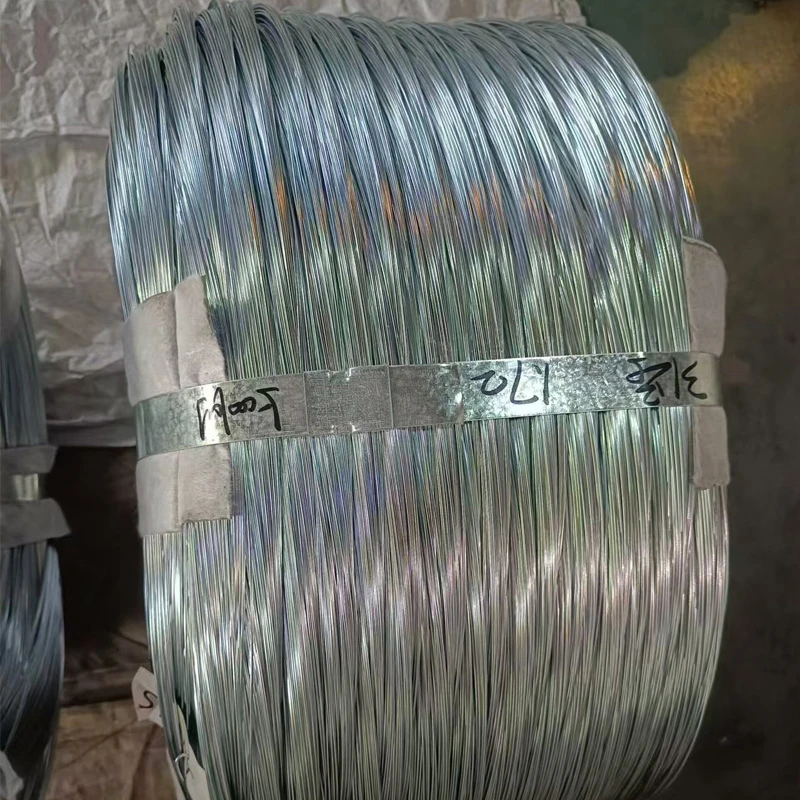
(2 56 screw)
FAQS on 2 56 screw
Q: What does "2-56 screw" mean?
A: A "2-56 screw" refers to a screw of size 2 with 56 threads per inch (TPI). The "2" indicates the screw's diameter, while "56" is the thread pitch. It's a common size in electronics and model making.Q: How do I select the right screw for my project?
A: Screw selection depends on the material, load requirements, and required thread engagement. Consider the screw size, length, material, and thread type. Match the screw to your project's specific needs for optimal results.Q: What is the actual size of a 164 32 screw?
A: A "164 32 screw" likely refers to a 1-64 screw with 32 threads per inch. 1-64 screws are smaller than 2-56 screws. Always verify the thread specification and diameter before use.Q: What applications commonly use 2-56 screws?
A: 2-56 screws are commonly used in electronics, RC vehicles, models, and small machinery. Their small size makes them ideal for compact assemblies. They're valued where precision and fine threads are needed.Q: Is a 2-56 screw bigger or smaller than a 4-40 screw?
A: A 2-56 screw is smaller in diameter than a 4-40 screw. The 2 indicates a smaller gauge compared to 4, and 56 vs 40 refers to the thread count per inch. Choose based on your project's required strength and fit.-
20 Gauge 3/16 Crown Staples: Premium Fasteners for UpholsteryNewsAug.27,2025
-
90 Series Staples: Premium 18ga Narrow Crown FastenersNewsAug.26,2025
-
Precision 90 Series Staples - 18GA Narrow Crown, 10-38mmNewsAug.21,2025
-
Secure & Strong Fine Thread Drywall Screws for DrywallNewsAug.19,2025
-
21 Gauge 1/2 Inch Crown 84 Series Fine Wire Staple-Baoding Yongweichangsheng Metal Produce Co., Ltd.|Precision Engineering&Corrosion ResistanceNewsAug.18,2025
-
21 Gauge 1/2 Inch Crown 84 Series Fine Wire Staple - Baoding Yongweichangsheng Metal Produce Co., Ltd.NewsAug.18,2025

